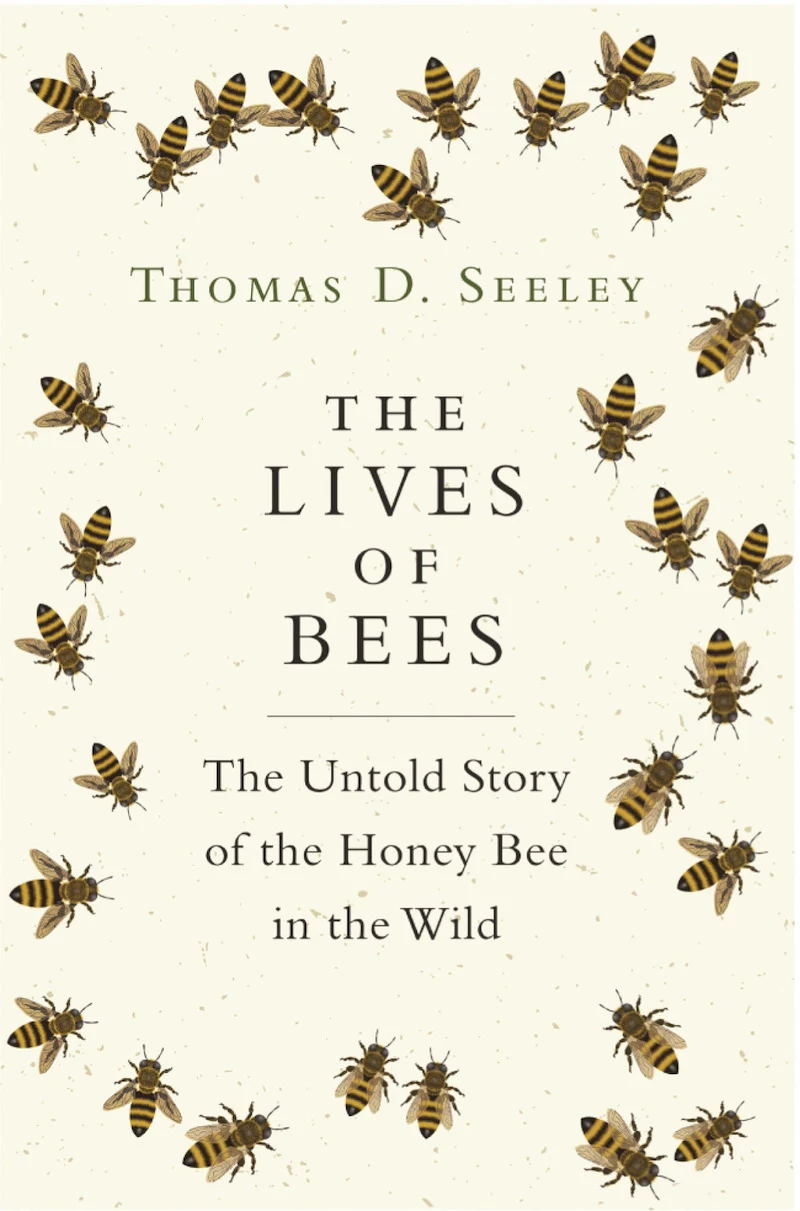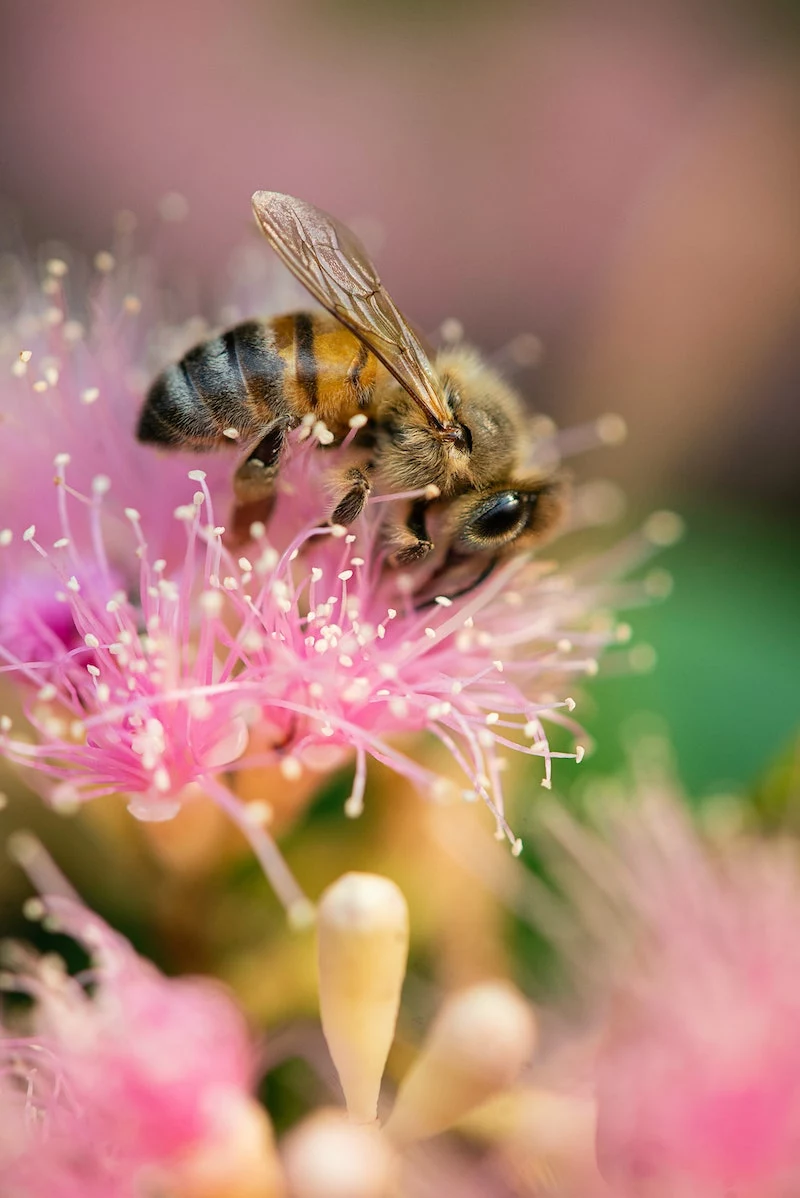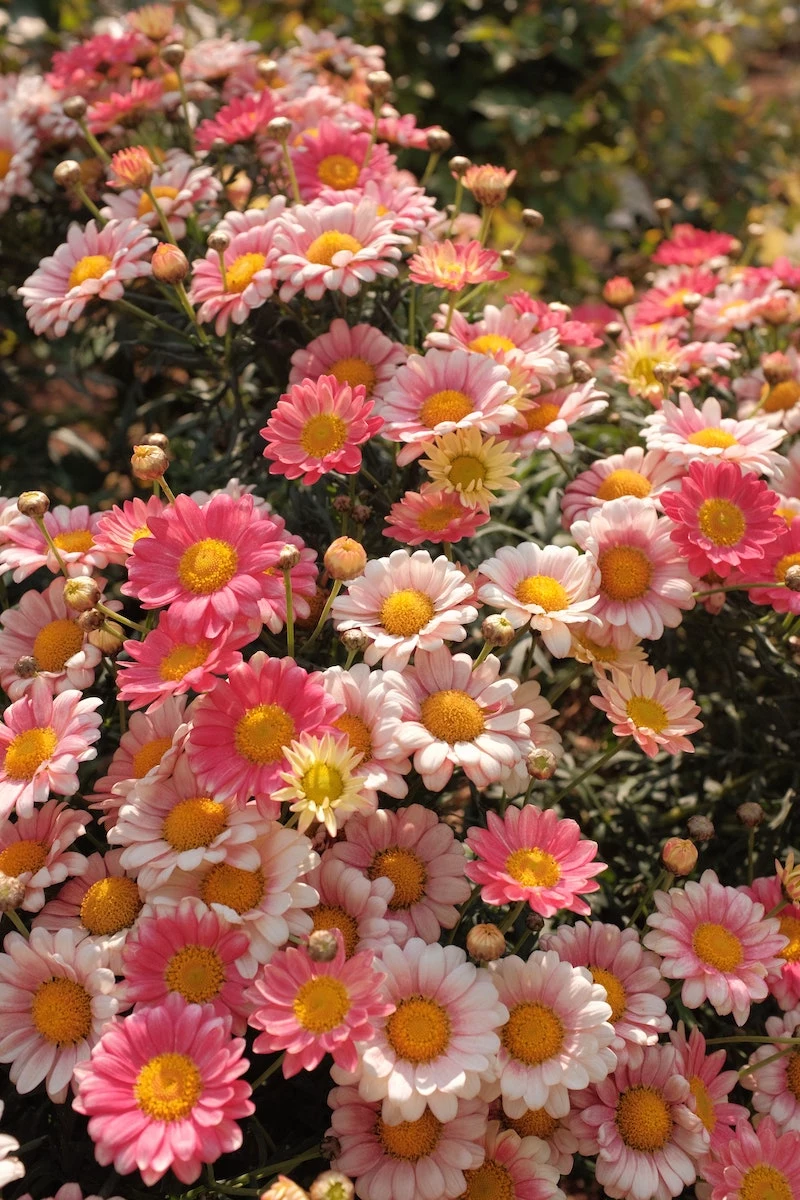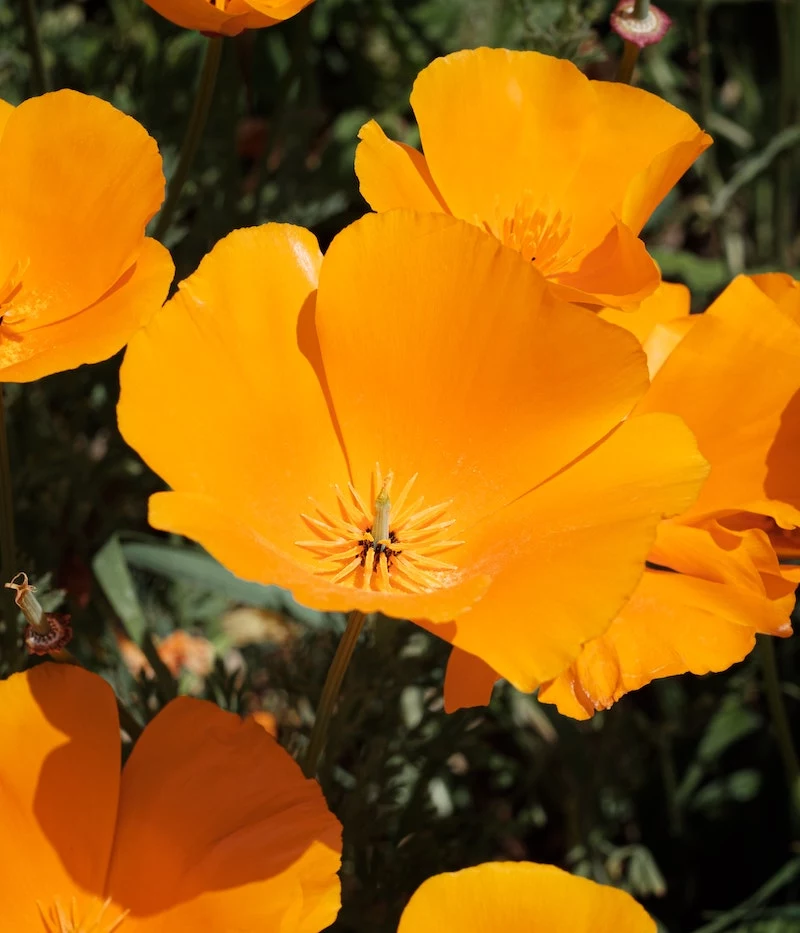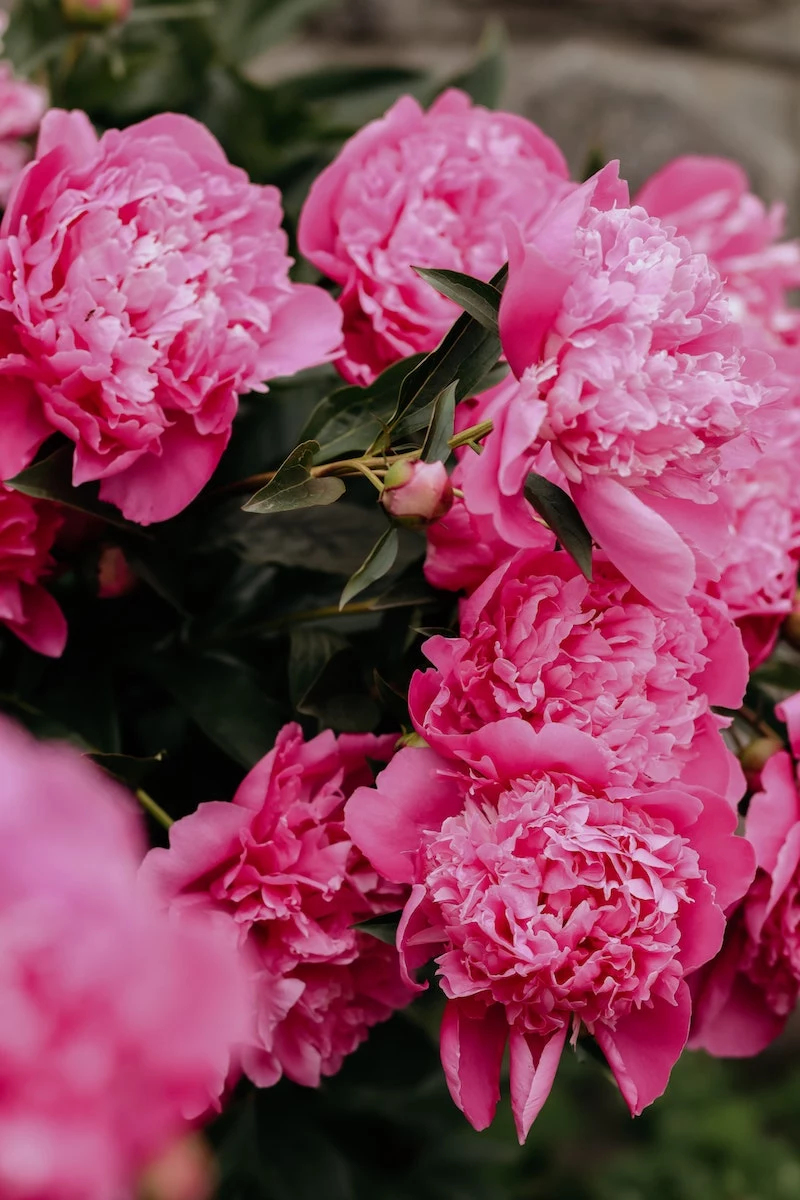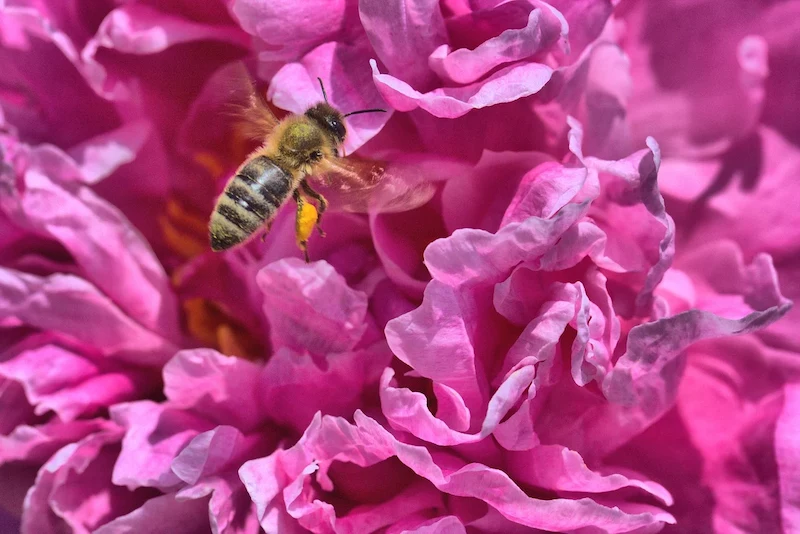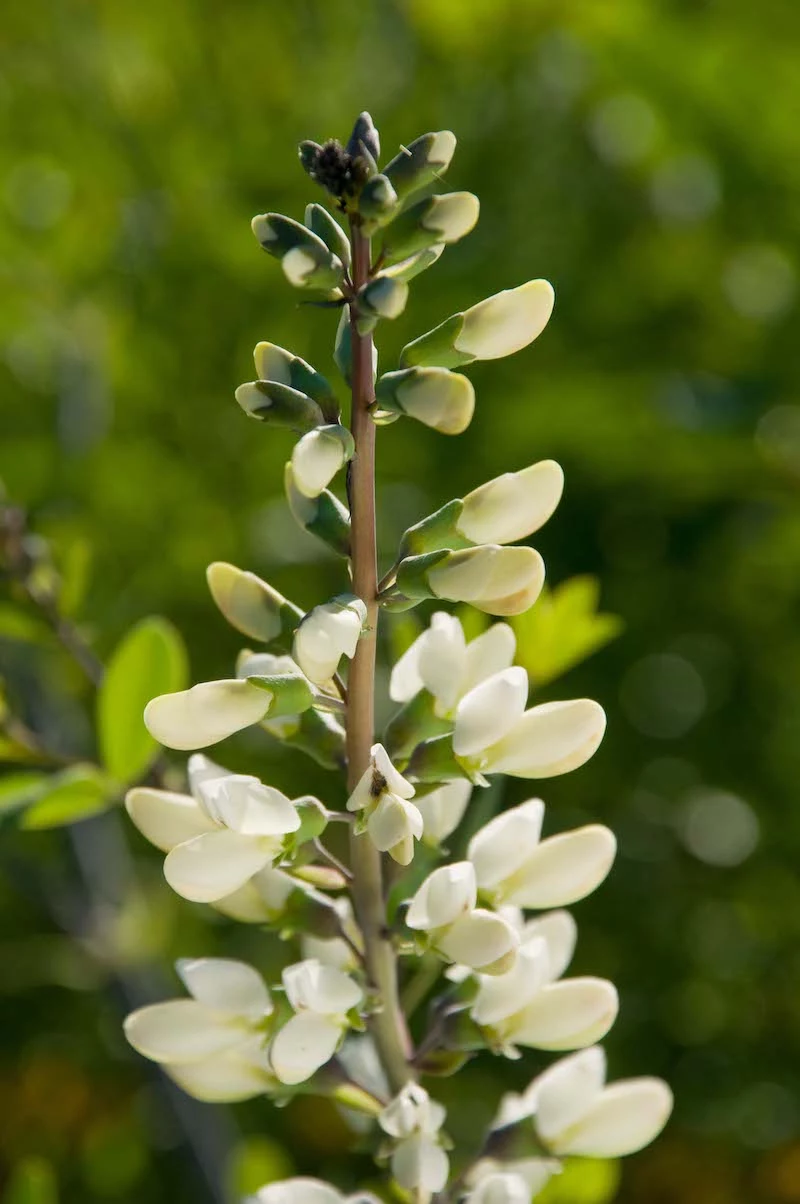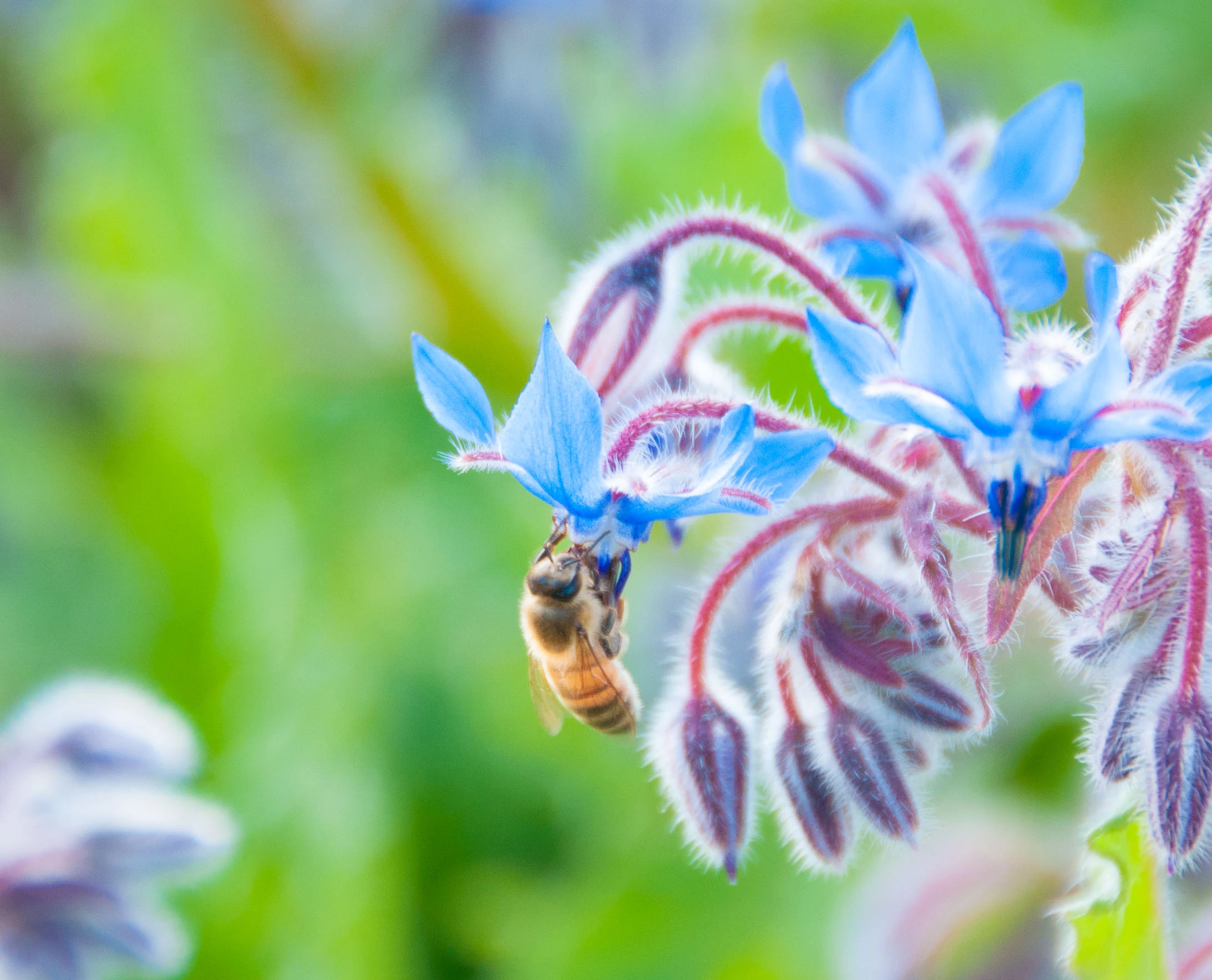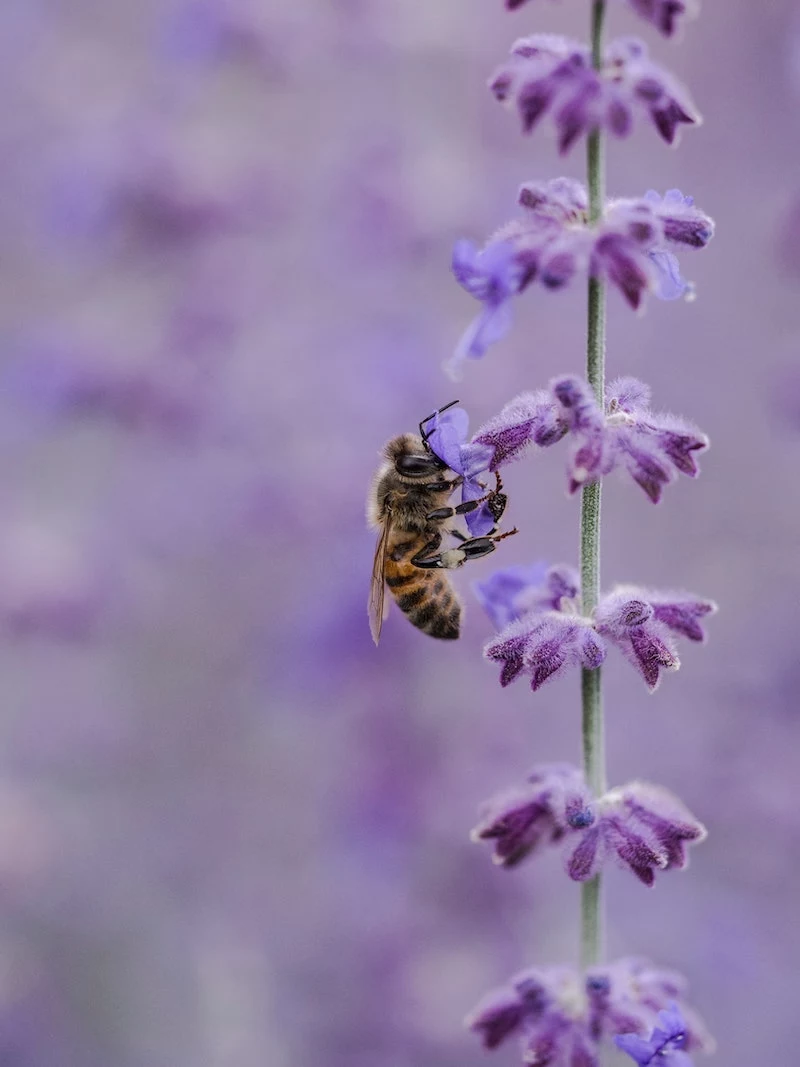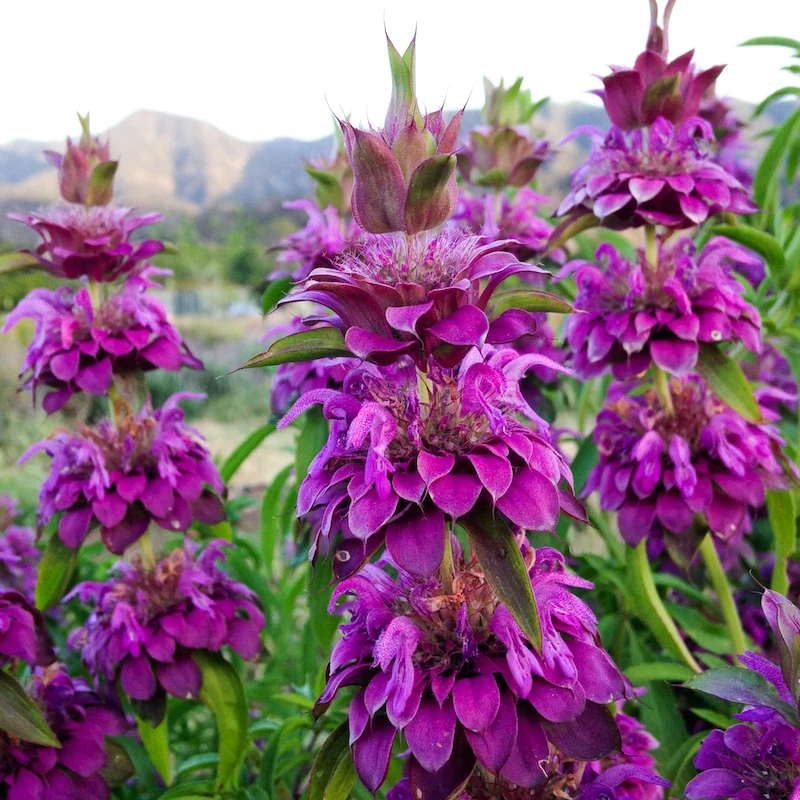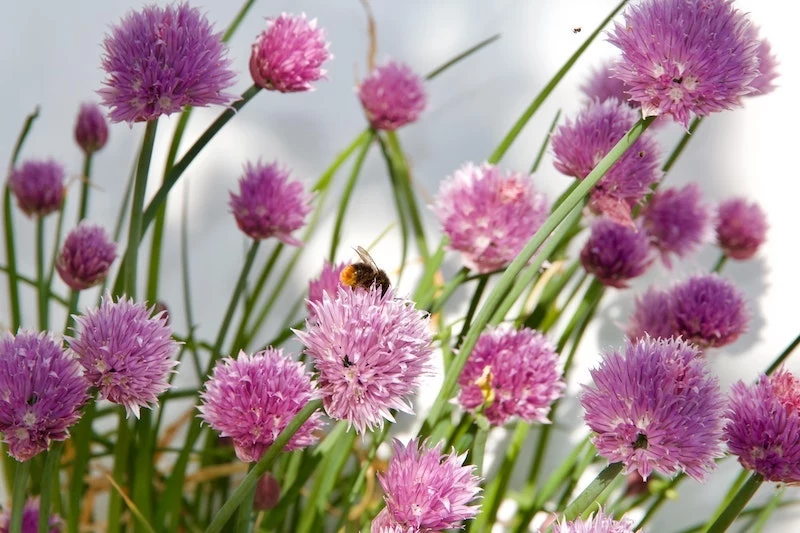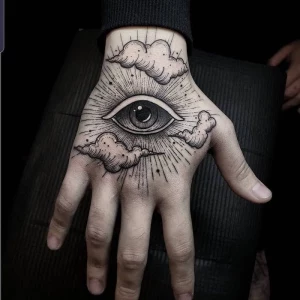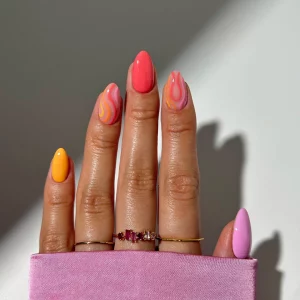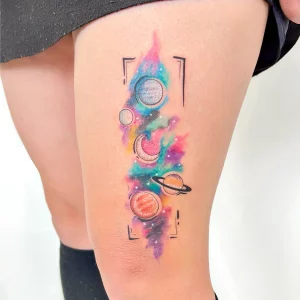The Best Flowers for Bees: 10 plants that will make your garden a bee-friendly oasis
Butterflies, bees, and birds that feed on flowers all have a sweet tooth. They need pollen and nectar from flowers to feed their flight and nourish their offspring. They are most attracted to blue, purple, violet, white and yellow flowers. It doesn’t matter if you love honey, take care of bees, or apply bee products to improve health. Whether you grow a flower garden, fruits, vegetables, or other plants, bees are an integral part of the ecosystem. Any self-respecting gardener knows they need to help these beneficial insects. That is why, in this article, we will show you the 10 best flowers for bees!
Let’s find out which flowers and herbs are a preferred sweet snack for honey bees!
Why are bees so important?
Bees are essential to the garden. Without their help in pollinating plants, there would be very few flowers and vegetables in your garden. There are different ways for us to make our gardens more attractive to bees. One of the simplest and easiest things to do is to grow plants that are rich in nectar and pollen. Not all plants provide these two basic needs. Many modern hybrids are sterile and offer no food for bees. Nevertheless, that does not mean you cannot have a magnificent garden while still encouraging bees to visit. By pollinating flowers the bees will favor their reproduction (biodiversity), they will ensure the development of fruits and some vegetables. In addition, bees are also able to repel annoying insects such as mosquitoes.
Without the tiny hard-working honey bees, our ecosystem will collapse
This is a great read if you want to learn more about the lives of honey bees in the wild
The best flowers and herbs for bees
To be able to attract these small but very good “helpers” in the garden, it is necessary to grow different plant species to recreate the right biodiversity for a perfect habitat. There are many plants (medicinal, ornamental, and fragrant) and many beautiful flowers that will help attract these beneficial insects. Here are 10 varieties of the best plants and flowers for bees of all different colors and sizes that you can plant in your garden! If you want to attract colorful butterflies to your garden as well, check out our guide for the best butterfly-friendly plants!
When it comes to flowers and herbs in your garden, the more there are, the merrier!
Flowers
Daisy
The daisy is a shrubby plant grown for ornamental purposes both in pots and in the garden to decorate rocky corners. It is characterized by bright green serrated leaves and white, pink or yellow flowers formed by long oval petals that surround a large central disk. The latter has an intense yellow color and is composed of numerous pollen sacs, which favor pollination. It is easy to see how bees are strongly attracted to these beautiful flowers. They bloom from May to September and love temperate climates and bright places. If grown on a balcony, it should be placed in a sheltered and well-lit corner. It prefers fertile, rich, moist, and well-drained soils. If you want to grow plants in pots for your front porch or garden, see our guide for growing perennial flowers in pots.
Daisies also come in a variety of pretty pink shades that will look amazing in a garden
The latter of a daisy has a bright yellow color and numerous pollen sacs, which favor pollination
California Poppy
The cup-shaped blooms of this natural wildflower attract bees like no other. Poppies are pollinated by bees for their protein-rich pollen, which these massive cup-shaped blooms produce in plenty, giving a pleasant feast in late spring. In the spring, look for their orange, yellow, pink, or white blossoms.
Nothing catches the eye and bees as good as a field of fiery California poppies
Poppies are a bee favorite because of their protein-rich pollen
Peony
Peonies are late spring bloomers with enormous fluffy flowers in a variety of colors, sizes, and forms. In the fall, plant bare-root specimens in a sunny location for a field full of beautiful flowers in the spring. Take a look at our peony flower care guide to make sure you keep your plant happy and healthy.
Peonies are one of the most beautiful pink flowers you can have in your garden
These fluffy flowers become a great hiding and feeding spot for honey bees
White Wild Indigo
The white wild indigo attracts frosted elfin butterflies and the block-spotted moth, in addition to bees. It can withstand clay, gravel, and poorer types of soil. Sun and occasional watering are ideal for this plant, but it can also withstand seasonal droughts or flooding. It will go dormant over the winter till the following spring.
The white wild indigo is a flower that attracts butterflies, bees, and moths!
Joe-Pye Weed
This perennial flower, commonly known as a butterfly plant, attracts bees with its fragrant pink-purple blossoms. It grows best in damp soil and can reach a height of 9 feet. Honeybees go berserk for the large vanilla-scented flower heads of this beautiful native perennial, visiting each floret until their nectar needs are met. As we move closer to the fall, bees require a source of nectar that will endure until the end of the season. That’s where Joe-Pye weed comes in to save the day! This plant has a strong aroma that will attract bees and other pollinators, including hummingbirds and moths.
Joe-Pye weed, the butterfly plant, has vanilla-scented flowers, which are a bee-favorite
Blue Borage
Blue Borage flowers were determined to be the most attractive to honeybees in a study. The medicinal herb blue Borage, often known as Starflower, has edible leaves and blossoms. The herb thrives in the United Kingdom, but its roots are in the Mediterranean. These nectar-rich blue blooms attract honeybees because they can replace their nectar just minutes after a bee has consumed it, assuring a continual supply of refills. For bees with short tongues, the shallow, star-shaped blossoms are also good food banks.
Did you know that bees love blue and purple flowers the most?
The Blue Borage is proven to be adored by honey bees
Herbs
Lavender
Lavender is another plant species loved by our bee friends. A small, fragrant, evergreen, and rustic shrub with an upright habit (about 50 cm). The leaves are small, opposite, and linear. The flowers have a blue-violet color and are gathered in the terminal inflorescence. They flower between late spring and early summer (June–July), giving off their characteristic and intense perfume. To grow, they prefer dry, light soils. This is actually the reason lavender arises spontaneously in many areas of the Mediterranean. This plant can also be grown in pots as long as it is outdoors, as it particularly likes sunny places. Take a look at our guide for growing your own lavender plant!
Lavender is an amazing plant to have nearby because of its special aroma
Rosemary
This is the aromatic plant that many of us know well from cooking! Shrubby, perennial, rustic plant species that reach a height of 50 – 300 cm. You can distinguish rosemary by its deep roots, linear leaves, and indigo-purple flowers. To grow best, it needs sunny sites protected from cold winds and well-drained sandy soils. Rosemary is one of the herbs that bees like best. During the spring, you will hear its flowers literally “buzzing”! Rosemary is also a great indoor plant. Make sure to check out our guide on growing herbs indoors.
Rosemary is not only amazing for cooking, but it is also beneficial for bees
Chive Flowers
These early-blooming, nectar-rich flowers are a feast for the bees that emerge from dormancy in the early spring. Then you can start seeing violet pom-pom-shaped flowers appearing in chive patches. Since chives are quick-growing plants and can rapidly overwhelm a garden, plant them in a pot rather than directly in the ground.
Who knew that chives have such beautiful, nectar-rich pink flowers?
Tips and tricks
When planning a pollinator garden, consider more than just the plants: for bees, in particular, a garden can be significantly more attractive by providing resources and small spaces that offer bees places to rest, burrow, or find shelter. Patches of exposed soil, small piles of twigs, and small sources of fresh water will encourage bees to visit your garden. As will ‘shelters’ made of wood, stone, or plastic that can provide an escape from strong winds, rain, or cold. At the same time, the use of insecticides should be kept to a minimum, if used at all. Ideally, pollinator garden plants should receive approximately six hours of sunlight daily.
Now you know everything you need to turn your yard into a magical bee-friendly oasis


